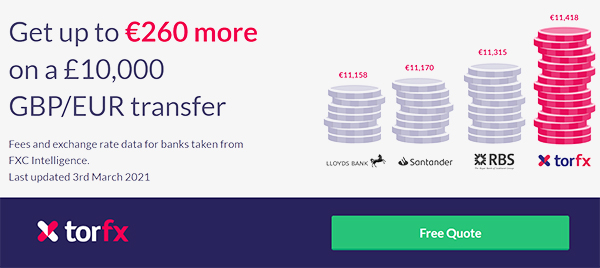Category: Gold News
Rates in main Indian cities
Gold prices fell in India on Friday, according to data from India’s Multi Commodity Exchange (MCX).
Gold price stood at 65,304 Indian Rupees (INR) per 10 grams, down INR 34 compared with the INR 65,338 it cost on Thursday.
As for futures contracts, Gold prices increased to INR 65,800 per 10 gms from INR 65,595 per 10 gms.
Prices for Silver futures contracts increased to INR 75,624 per kg from INR 75,226 per kg.
| Major Indian city | Gold Price |
|---|---|
| Ahmedabad | 67,675 |
| Mumbai | 67,335 |
| New Delhi | 67,375 |
| Chennai | 67,690 |
| Kolkata | 67,490 |
Global Market Movers: Comex Gold price lacks firm near-term direction amid Fed rate cut uncertainty
- Data released on Thursday showed that the US producer prices increased more than expected in February, which might force the Federal Reserve to keep interest rates elevated and prompt some selling around the Comex Gold price.
- The US Bureau of Labor Statistics reported that the Producer Price Index for final demand rose by a 1.6% YoY rate in February as compared to the previous month’s upwardly revised print of 1% and the 1.1% market estimates.
- Separately, the US Department of Labor (DOL) published the usual Initial Jobless Claims data, which showed that the number of individuals filing for unemployment insurance for the first time unexpectedly fell to 209K last week.
- This, to a larger extent, overshadowed softer US Retail Sales figures, which rose by 0.6% in February and pointed to a slowdown in consumer spending during the first quarter amid rising inflation and high borrowing costs.
- Meanwhile, the CME Group’s FedWatch Tool indicates that the markets are still pricing in about a 60% chance that the Fed will cut interest rates at the June policy meeting, helping limit losses for the non-yielding yellow metal.
- Investors turn more cautious over the possibility of more hawkish signals from the Fed, which is evident from a generally weaker tone around the equity markets and lends additional support to the safe-haven XAU/USD.
- Russia moved tactical nuclear weapons from its borders into neighboring Belarus, closer to NATO territory, after President Vladimir Putin threatened a wider military showdown with NATO over the alliance’s backing for Ukraine.
- Traders now look to Friday’s US economic docket – featuring the release of the Empire State Manufacturing Index, Industrial Production figures and the Preliminary University of Michigan Consumer Sentiment Index.
- The focus, however, will remain glued to the upcoming FOMC monetary policy meeting, starting next Tuesday, which might provide fresh cues about the Fed’s rate-cut path and determine the near-term trajectory for the metal.
(An automation tool was used in creating this post.)
Gold FAQs
Gold has played a key role in human’s history as it has been widely used as a store of value and medium of exchange. Currently, apart from its shine and usage for jewelry, the precious metal is widely seen as a safe-haven asset, meaning that it is considered a good investment during turbulent times. Gold is also widely seen as a hedge against inflation and against depreciating currencies as it doesn’t rely on any specific issuer or government.
Central banks are the biggest Gold holders. In their aim to support their currencies in turbulent times, central banks tend to diversify their reserves and buy Gold to improve the perceived strength of the economy and the currency. High Gold reserves can be a source of trust for a country’s solvency. Central banks added 1,136 tonnes of Gold worth around $70 billion to their reserves in 2022, according to data from the World Gold Council. This is the highest yearly purchase since records began. Central banks from emerging economies such as China, India and Turkey are quickly increasing their Gold reserves.
Gold has an inverse correlation with the US Dollar and US Treasuries, which are both major reserve and safe-haven assets. When the Dollar depreciates, Gold tends to rise, enabling investors and central banks to diversify their assets in turbulent times. Gold is also inversely correlated with risk assets. A rally in the stock market tends to weaken Gold price, while sell-offs in riskier markets tend to favor the precious metal.
The price can move due to a wide range of factors. Geopolitical instability or fears of a deep recession can quickly make Gold price escalate due to its safe-haven status. As a yield-less asset, Gold tends to rise with lower interest rates, while higher cost of money usually weighs down on the yellow metal. Still, most moves depend on how the US Dollar (USD) behaves as the asset is priced in dollars (XAU/USD). A strong Dollar tends to keep the price of Gold controlled, whereas a weaker Dollar is likely to push Gold prices up.
Source link
Written by : Editorial team of BIPNs
Main team of content of bipns.com. Any type of content should be approved by us.
Share this article:









